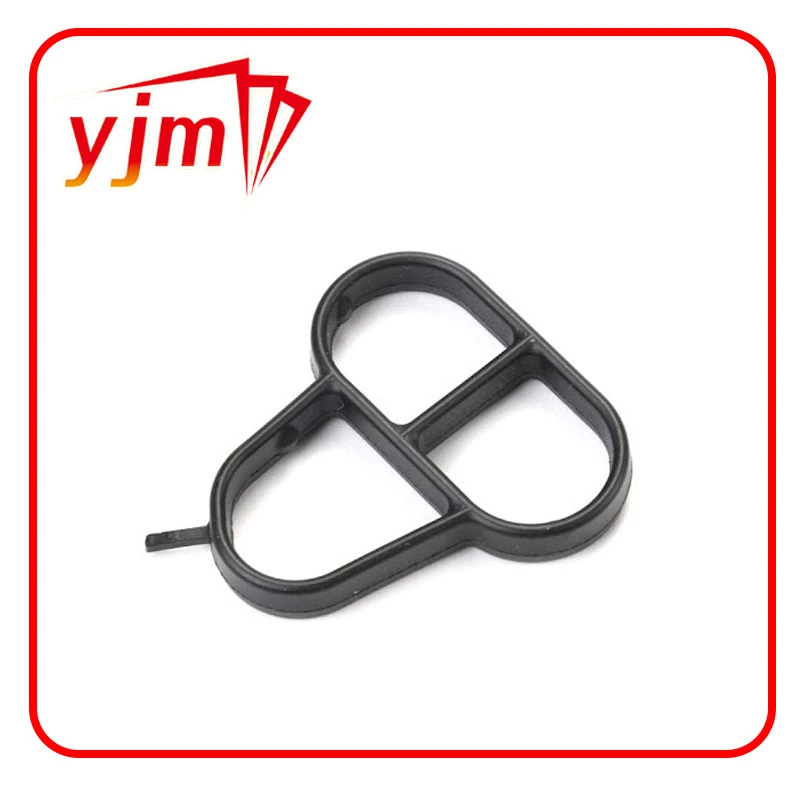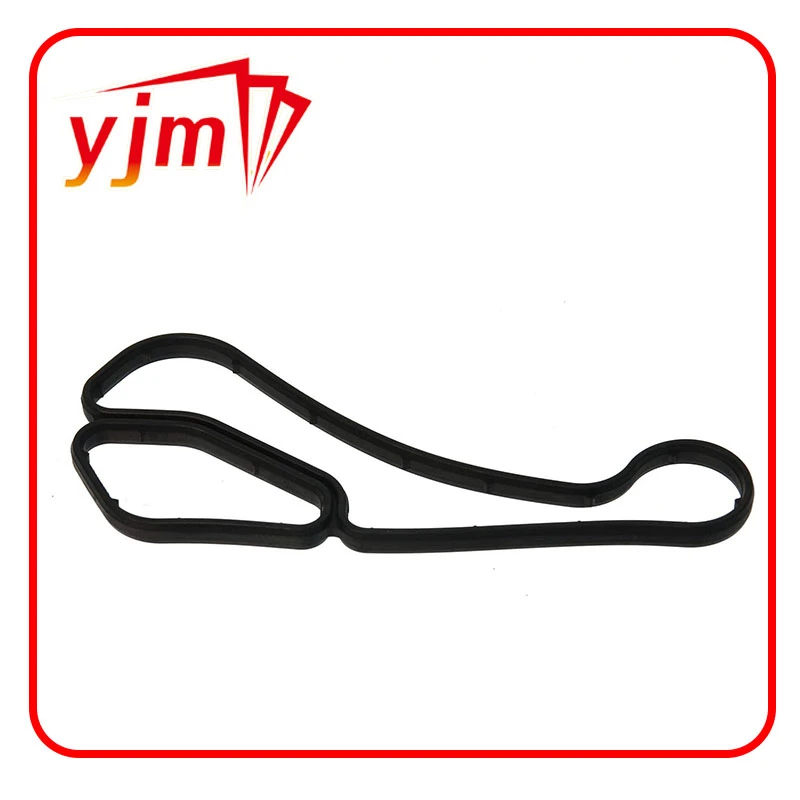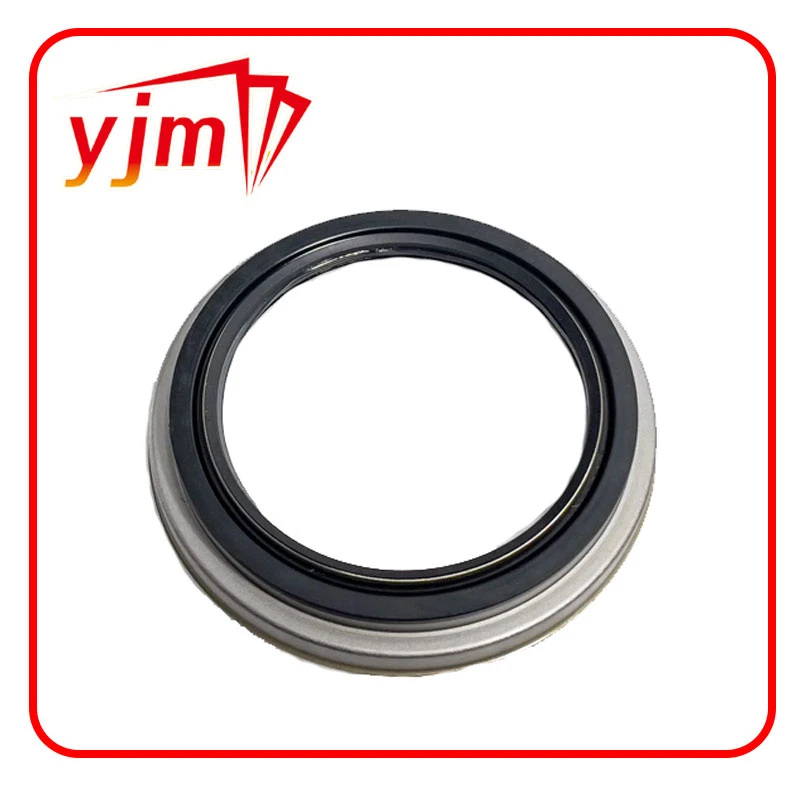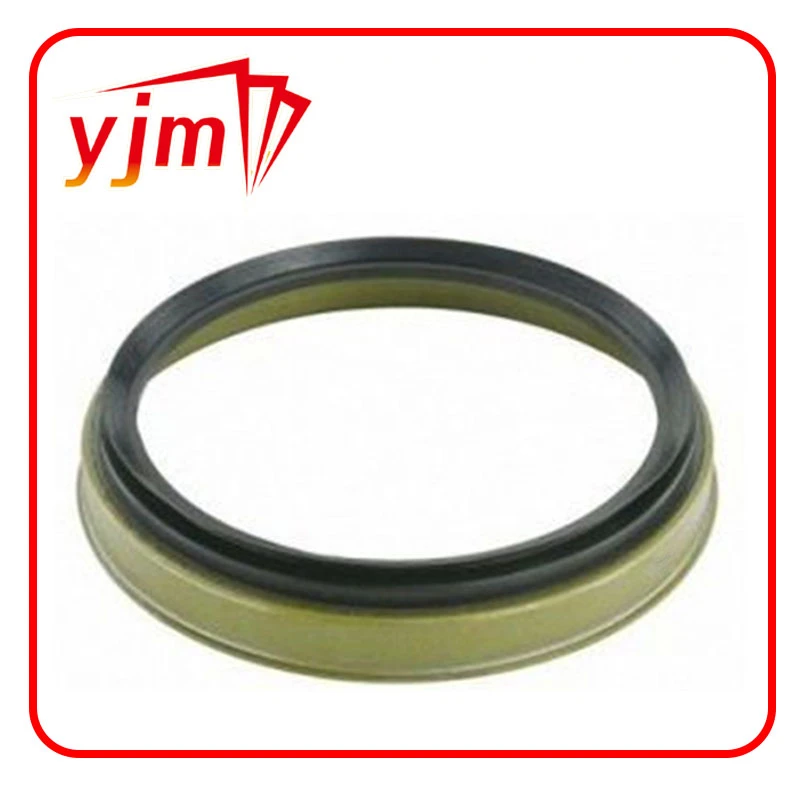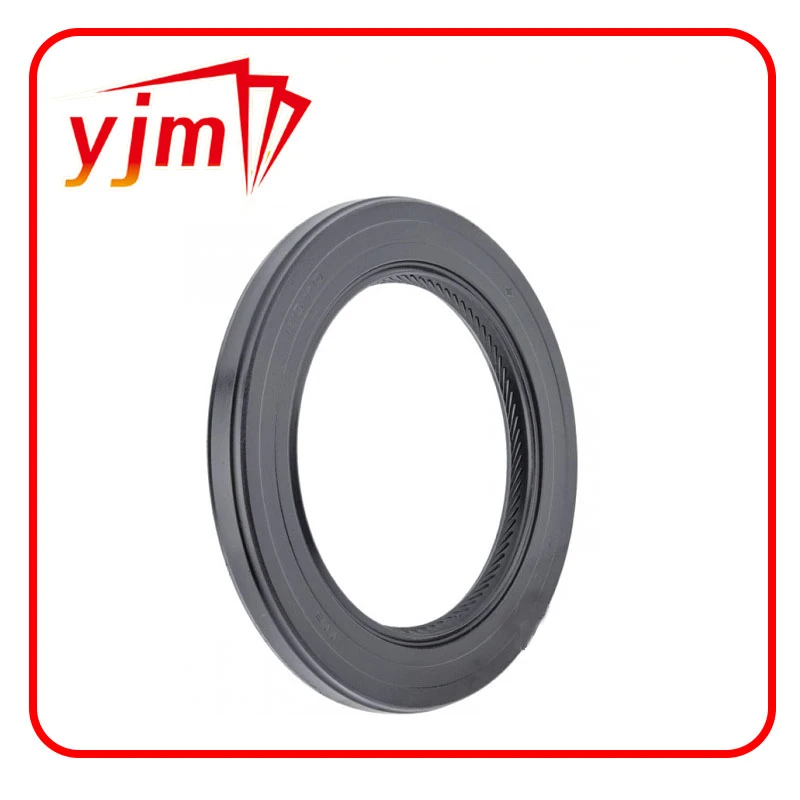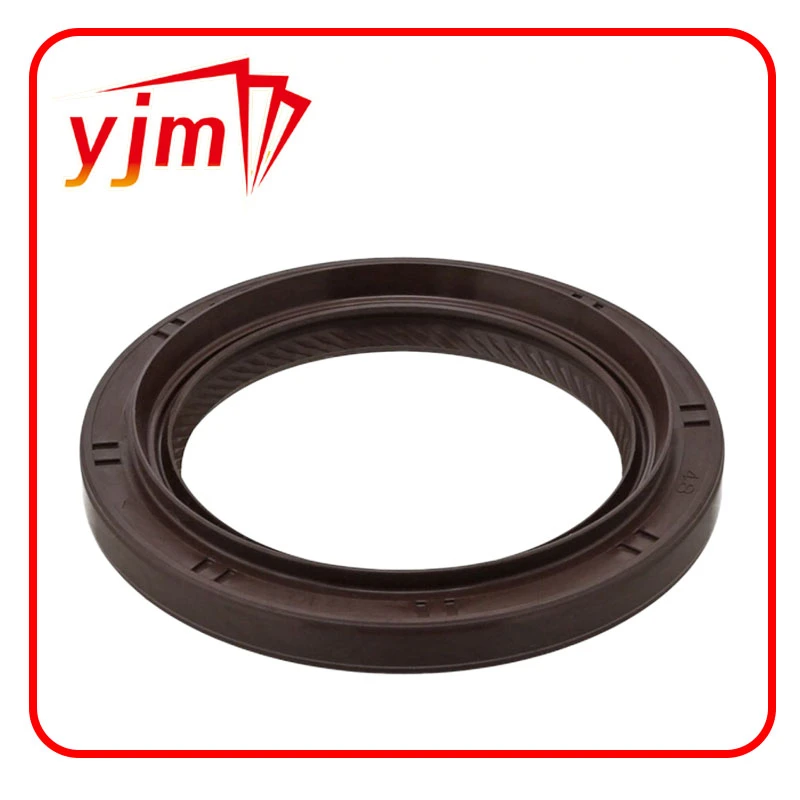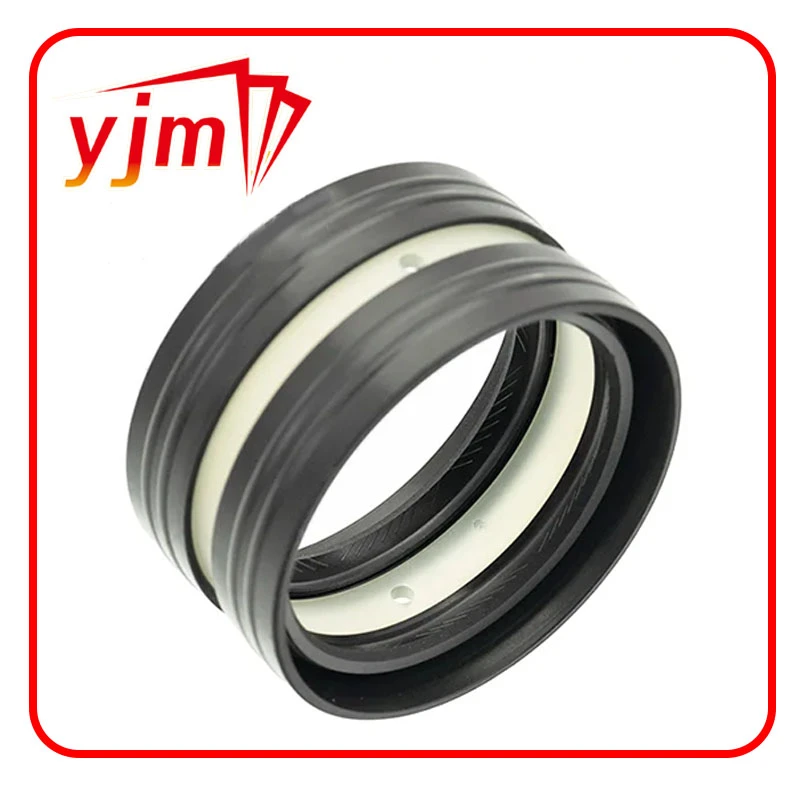Essential Guide to Oil Filter and Gasket Maintenance: Preventing Leaks and Engine Damage
Proper engine lubrication is one of the most critical elements of vehicle maintenance. Without clean oil circulating effectively through your engine, friction increases, heat builds up, and components wear out rapidly. One of the most overlooked components in this system is the oil filter and gasket assembly. These small but crucial parts help ensure that oil is filtered and sealed properly as it travels through the engine. In this guide, we'll explore the roles and maintenance of different gaskets associated with the oil filter system, including the oil filter base gasket, oil filter bracket gasket, oil filter cooler gasket, and oil filter cover gasket.
Understanding the Oil Filter and Gasket System
The oil filter and gasket work together to remove impurities from the engine oil and ensure a sealed, leak-free system. The oil filter traps debris, metal particles, and sludge, keeping the oil clean as it lubricates moving parts. However, without the right gasket seals, this oil can leak out—causing pressure loss, contamination, or even engine failure.
Here’s a breakdown of the main gasket components involved:
Oil filter base gasket: Seals the base of the oil filter to the mounting surface. It ensures oil enters and exits the filter without leaking.
Oil filter bracket gasket: Found in vehicles where the oil filter is mounted to a bracket, this gasket seals the interface between the bracket and engine block.
Oil filter cooler gasket: Located where an oil cooler connects to the filter housing or block. It prevents oil and coolant from leaking or mixing.
Oil filter cover gasket: Seals the oil filter cover to the housing. Common in cartridge-style filters where the cover is removed during service.
Each of these gaskets serves a specific purpose in preventing leaks and maintaining oil pressure, which is essential for proper engine lubrication and cooling.
Signs of Gasket Failure and Oil Leaks
A failed gasket in the oil filter system can be more than just messy—it can be dangerous. Here’s how to identify problems with the oil filter and gasket system before they lead to serious damage:
- Visible Oil Leaks
The most obvious symptom of a bad oil filter base gasket or oil filter cover gasket is external oil leakage. This can show up as oil dripping beneath the car or accumulating around the oil filter or bracket.
- Low Oil Pressure Warning
If oil leaks out due to a failed oil filter bracket gasket or oil filter cooler gasket, your engine’s oil pressure may drop, triggering a dashboard warning light. Low oil pressure can cause immediate and long-term engine damage.
- Oil in the Coolant or Vice Versa
A compromised oil filter cooler gasket can allow engine oil and coolant to mix, leading to milky-looking oil or frothy coolant. This mixture reduces the effectiveness of both fluids and can cause overheating or internal engine damage.
- Burning Oil Smell
Oil leaking from the oil filter base gasket or other seals may drip onto hot engine parts, causing a burning smell and smoke from under the hood.
- Excessive Oil Consumption
If your engine is consuming more oil than usual, and no visible leaks are found on the oil pan or valve cover, the problem could lie in the oil filter gaskets, especially the oil filter bracket gasket or oil filter cover gasket.
Replacing Oil Filter Gaskets: What You Need to Know
Timely replacement of a faulty oil filter and gasket setup can save your engine from severe problems. Whether you're doing it yourself or hiring a mechanic, understanding the process helps you make informed decisions.
- Preparation and Safety
Make sure the engine is cool before starting.
Use jack stands if lifting the vehicle.
Gather tools such as socket wrenches, a torque wrench, a drain pan, and the correct replacement oil filter base gasket, bracket gasket, or cooler gasket.
- Draining the Oil
Before removing the oil filter or housing, drain the engine oil completely to avoid mess and contamination.
- Removing the Old Gasket
Unscrew the oil filter or open the filter housing cover.
Carefully remove the old oil filter base gasket or oil filter cover gasket. Check that no gasket material is left behind—it can cause poor sealing and leaks.
If replacing the oil filter bracket gasket or oil filter cooler gasket, you may need to remove additional components like the bracket or cooler assembly.
- Installing the New Gasket
Clean all mating surfaces thoroughly.
Install the new gasket, ensuring it is properly aligned and seated.
If you're replacing a cover gasket, reinstall the cover and torque it to the manufacturer's specs.
- Refill Oil and Test
Refill with fresh oil, start the engine, and check for leaks. Let the engine run for a few minutes, shut it off, and inspect the gasket areas closely.
Maintenance Tips to Extend Gasket Life
Routine maintenance and attention to detail can greatly extend the life of your oil filter and gasket components:
Use quality parts: Always use OEM or high-quality aftermarket oil filter base gaskets, bracket gaskets, and other seals.
Tighten correctly: Over-tightening or under-tightening can damage gaskets or cause leaks. Follow torque specs carefully.
Replace at every oil change: In some vehicles, the oil filter cover gasket or oil filter base gasket should be replaced every time the filter is changed—especially with cartridge-style filters.
Watch for signs of leakage: Regularly inspect the oil filter area for residue or drips.
Don’t Underestimate Small Components
The oil filter and gasket system may seem like a minor part of your engine, but its role is major. Leaks from a failed oil filter base gasket, oil filter bracket gasket, oil filter cooler gasket, or oil filter cover gasket can lead to low oil pressure, contamination, overheating, and eventually catastrophic engine failure. The good news? These gaskets are affordable and relatively easy to replace with basic tools and know-how. By staying vigilant and addressing issues early, you can protect your engine and avoid costly repairs down the road.
-
Seal 12x20x5: Precision Radial Shaft Seals for Industrial Reliability
Habarlar Nov.24,2025
-
Seal 12x18x5: Essential Guide to Specifications, Applications & Vendors
Habarlar Nov.24,2025
-
Understanding Seal 12 20 5: Applications, Specifications & Industry Insights
Habarlar Nov.23,2025
-
Durable Oil Seal 85x110x12 – Reliable Sealing Solutions for Industry
Habarlar Nov.23,2025
-
Durable and Precise Oil Seal 75x95x10 for Efficient Machinery | YJM Seal
Habarlar Nov.22,2025
-
Durable Oil Seal 75x100x10 for Reliable Industrial Performance | YJM Seal
Habarlar Nov.22,2025
-
High-Quality Oil Seal 65x90x10 | Durable & Reliable Sealing Solutions
Habarlar Nov.22,2025
Önüm kategoriýalary

